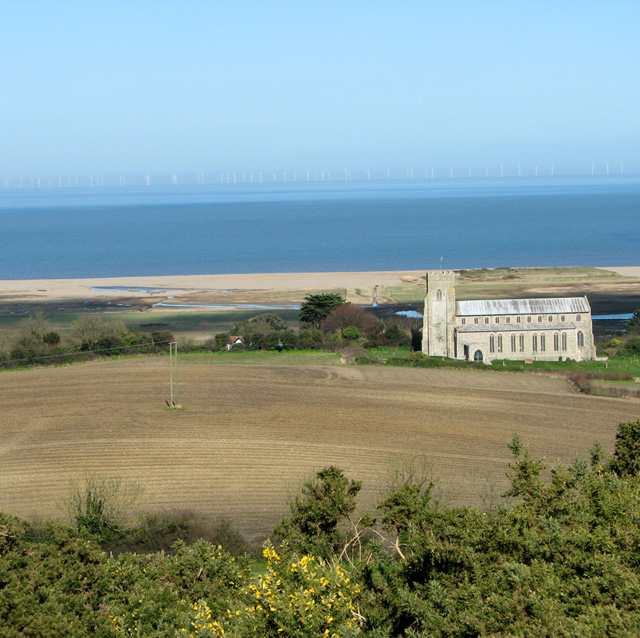The Medieval Ritual Landscape: Archaeology, Material Culture and Lived Religion project (MeRit) is a collaboration between the University of Reading and the British Museum’s Portable Antiquities Scheme.
MeRit will explore the archaeological evidence for everyday religion in medieval England (c. 1000-1600), i.e. material culture used in household devotion, healing, protective charms, grave goods (e.g. pilgrim badges, papal bullae, book fittings, dress accessories/objects with sacred inscriptions). It will compare religious objects recovered as public finds (PAS) with those excavated from archaeological contexts in three case study regions (Kent, Norfolk and North Yorkshire including York). The regional case studies will give insight to local patterns of religious belief and provide important contextual and chronological understanding. The methodology will focus on spatial and statistical analyses (digital humanities methods). English evidence will be placed in comparative context, drawing particularly on public finds from Denmark and the Netherlands. Existing data from multiple sources will be integrated in a project database and made publicly accessible through ADS on completion.
The project responds to current research questions in medieval archaeology and history, highlighting the beliefs and religious agency of ordinary people. It recognises the untapped potential for the study of later medieval PAS data and the possibilities for using digital humanities methods to identify patterning in material culture and religious behaviours at regional, national and transnational scales.

